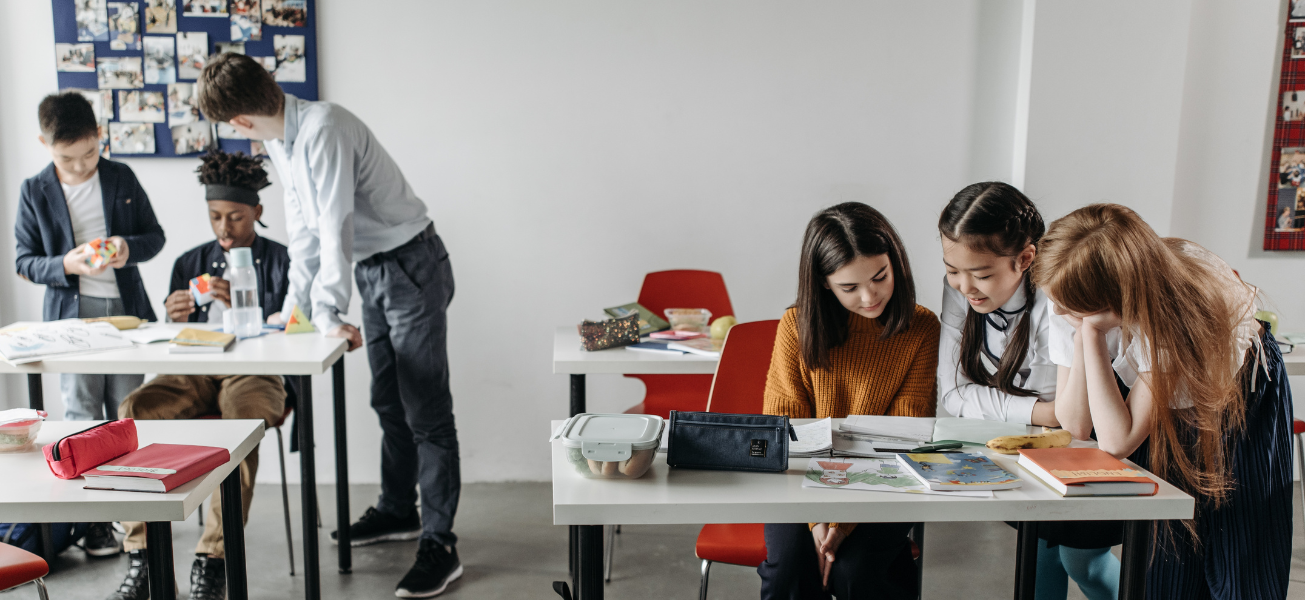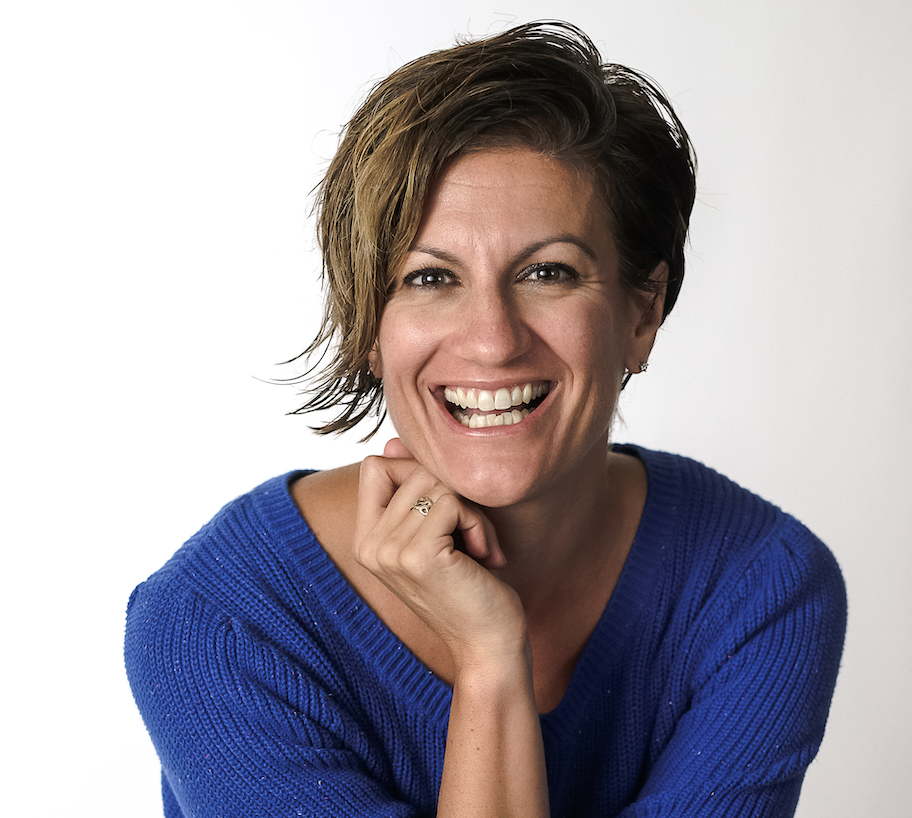“Inclusion” and “inclusive practice” are often used interchangeably in education, but true inclusive practice goes beyond simply bringing people together. Inclusion takes an important step in the right direction by making sure all students, regardless of variability, are present in the same classroom. But in order for inclusion to be effective, you must also implement inclusive practice. Inclusive practice gives all students the opportunity to access rigorous grade-level learning targets, while being supported and challenged, regardless of variability and learning differences.
Inclusive practice gives all students the opportunity to learn, be supported, and be challenged, regardless of variability.
Implementing inclusive practice requires effective leadership and support, building collective teacher efficacy, offering regular and consistent job-embedded professional learning, and a shift in mindsets. In order for inclusion to work, teachers must have a willingness to relinquish some control by allowing students to make their own choices and become responsible for their own learning.
Implementing Inclusive Practices
Embrace Variability
Before we can implement inclusive practices effectively, we need to embrace the concept of variability. Every student is unique, with their own mix of strengths and challenges. Yet, too often, our teaching methods, materials, assessments, and classrooms are designed in a one-size-fits-all way, aimed at the mythical "average learner." This approach limits access to information and resources, leaving some students at a significant disadvantage.
By embracing variability, we recognize two key ideas: interpersonal variability—that students are different from each other—and intrapersonal variability—that a student’s needs change based on context. Students aren’t static; how they learn and what they need can shift throughout the day or year. That’s why it’s critical to offer options and choices so students can determine the best pathway for learning based on the goal, how they’re feeling, and other factors. Tools like learning profiles and interest surveys can help you get to know your students better. Providing ongoing opportunities for students to make connections, share their interests, and try different strategies empowers them to find what works best for them in different situations.
What is Necessary for Some, Can Benefit All!
In Universal Design for Learning (UDL), we often say that what is necessary for some can benefit all. Take, for example, the fact that 70% of Gen Z uses captions on social media—not because they need them, but because they enhance their experience (whether they're watching in a noisy environment or in public). By ensuring that all students are aware of the scaffolds and supports available to them, you increase learner agency and reflection while reducing any stigma around using those supports.
Empower Student Choice
We also need to give students ownership of their learning by providing opportunities to make choices—how they learn, what materials or scaffolds they use, and what strategies they’ll use to show what they know. When students are given this flexibility, it allows them to set personalized goals and think critically about their learning. They can ask themselves, “Is this working for me right now?” If it is, great. If not, they can try something else. And don’t worry—you don’t have to over-scaffold this process!
I used to share my firm goals with students, along with success criteria and one option, then invite them to propose alternatives. They might ask, "Can we do it this way?" or "Is there another scaffold that might help?" This wasn’t just about giving choices—it was about listening to their voices and making them feel included in the process. The key was making sure the options they designed truly allowed them to meet the firm goal.
Every student is capable of success when provided with personalized avenues for learning. All students deserve access to rigorous standards, as well as options for academic, social-emotional, and behavioral supports, so they can meet or exceed those standards in meaningful ways. When inclusive practices are done right, all students become engaged learners.
Universal Design for Learning (UDL) is a framework from inclusive practice that allows us to implement inclusive practices effectively by removing barriers and offering multiple options and choices for all students. Our role as educators is to facilitate learning in ways that help students discover what works best for them—knowing that these needs will change over time.
Ultimately, inclusive practice is an equity issue. Through UDL, we can cultivate learner agency in all of our students, and that’s something worth fighting for.
Create classrooms where all students feel included, engaged, and empowered to reach their full potential. Let’s Work Together!



